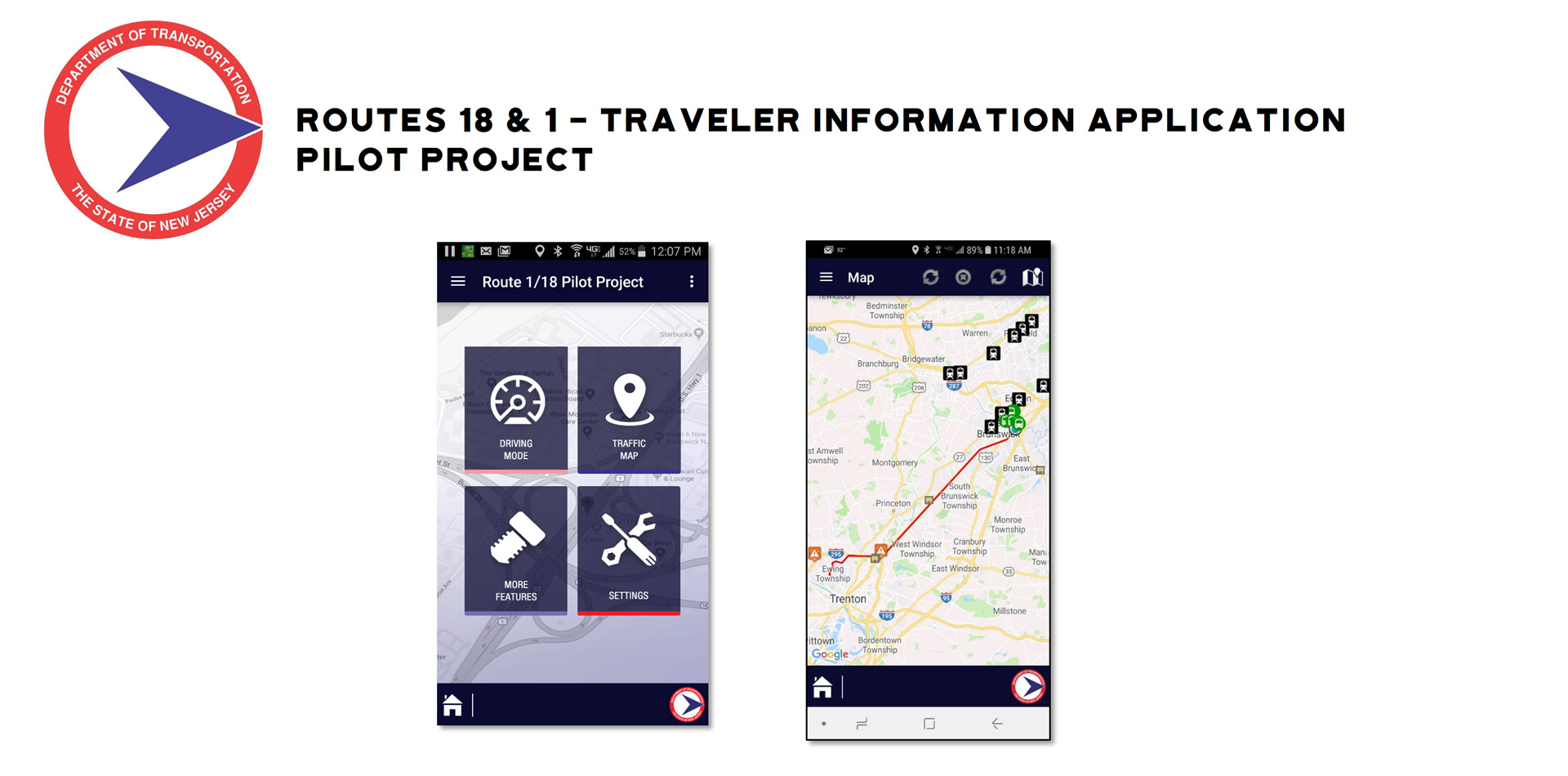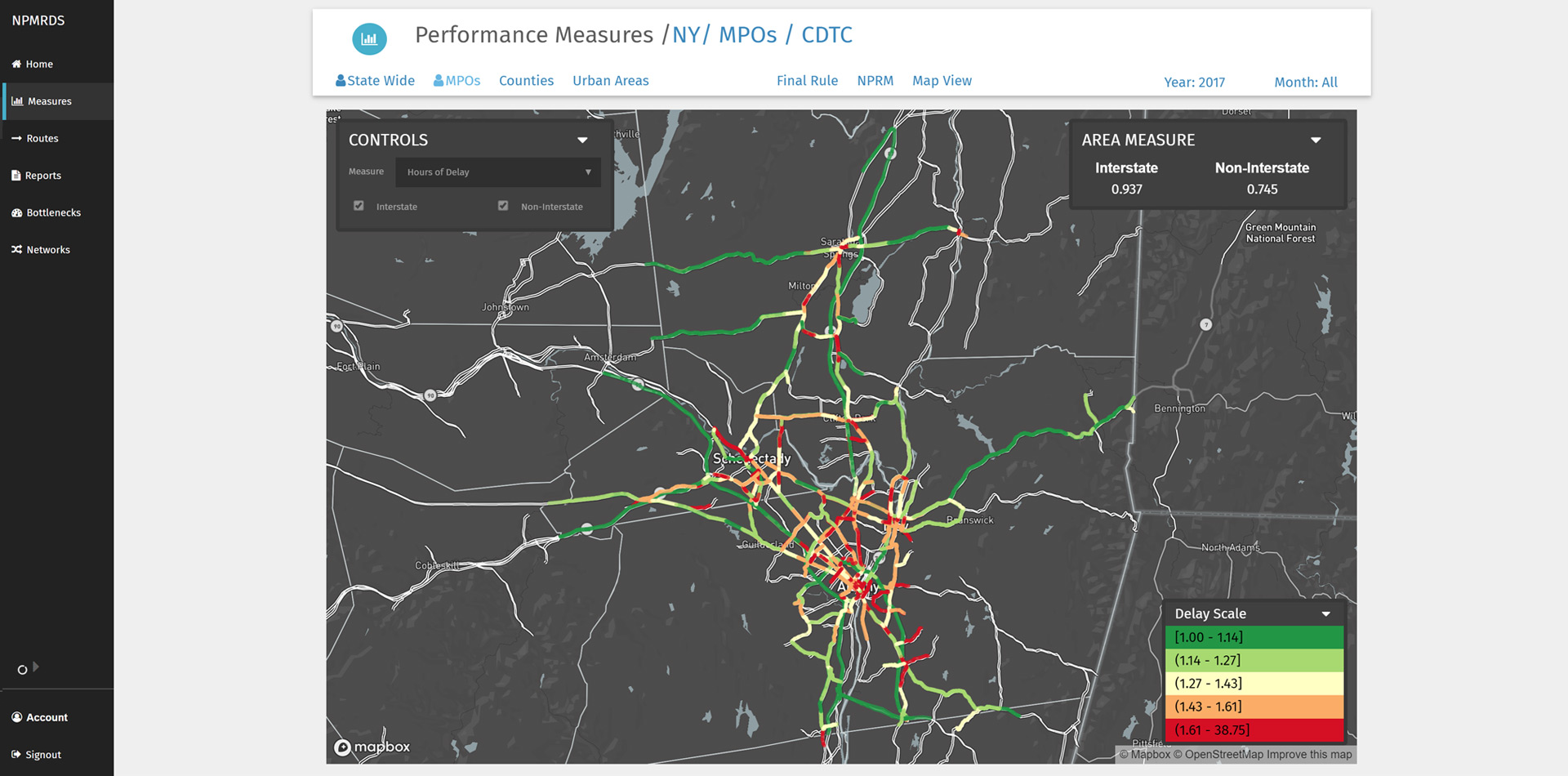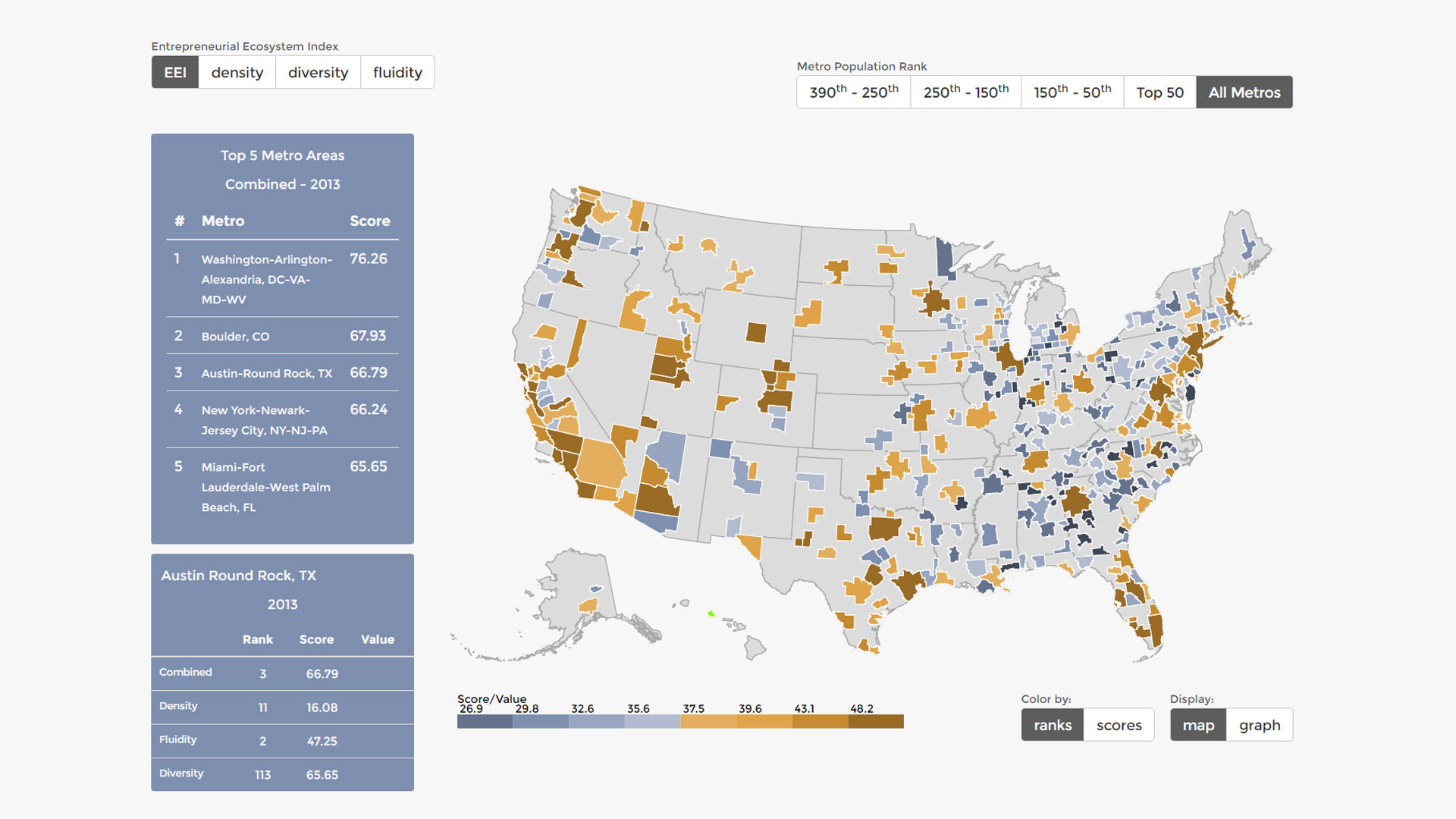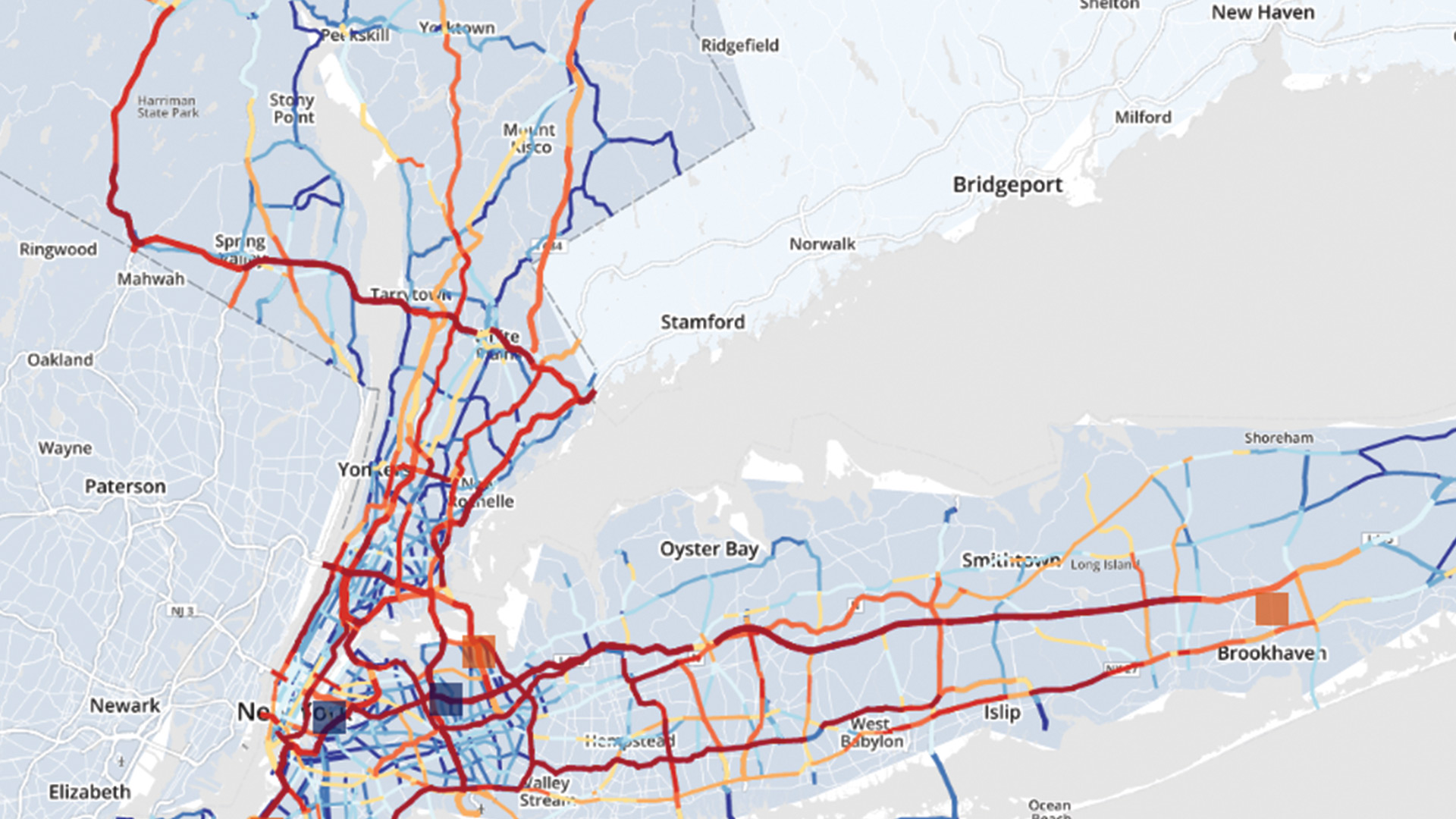The New York State Hazard Mitigation Plan
As the severity and frequency of natural disasters increase, so does the devastation and exorbitant cost of recovery left in their wake. In recent years, national focus has taken a dramatic shift towards mitigation – sustained actions that reduce the loss of life and property by lessening the impact of disasters. New York State recognizes that the time to act is before disaster strikes. Current research shows that for every $1 spent on mitigation, an average $6 is saved. However, since the largest amount of federal mitigation dollars becomes available following a declared disaster, resulting actions taken are inevitably reactive instead of proactive. In New York, we believe that the solution to this is to devote greater resources to mitigation planning – both at the state and local level. How we learn and interact with information is constantly evolving. Static, narrative heavy planning documents no longer serve to efficiently inform decision making. The contents within Mitigate NY transition the model of planning to one that maintains up-to-date risk data that is digestible and accessible to all. This kind of partnership – one that encourages an interdisciplinary approach to research, data, and practice – can be sustained and enriched indefinitely. Engaging students, academics and practitioners simultaneously with locals, government representatives and policy-makers fosters a collaborative foundation for implementation of hazard mitigation.







